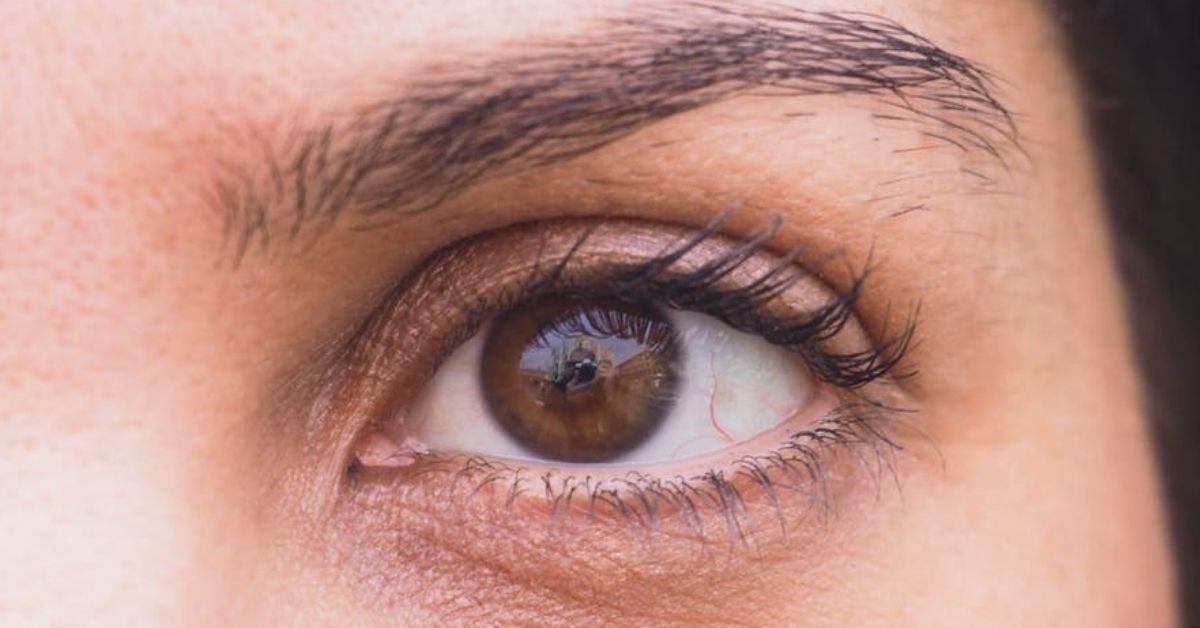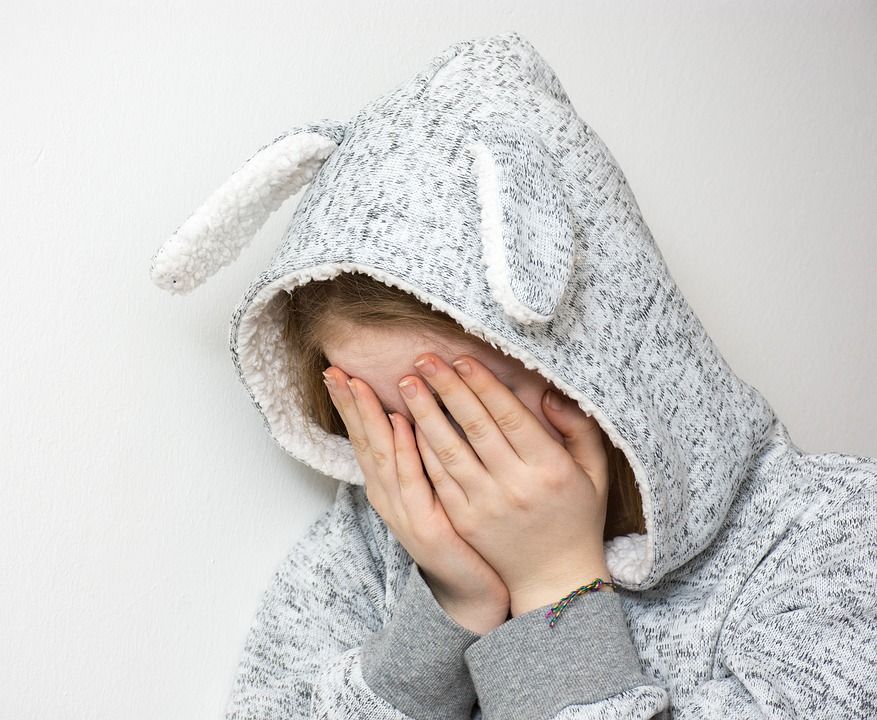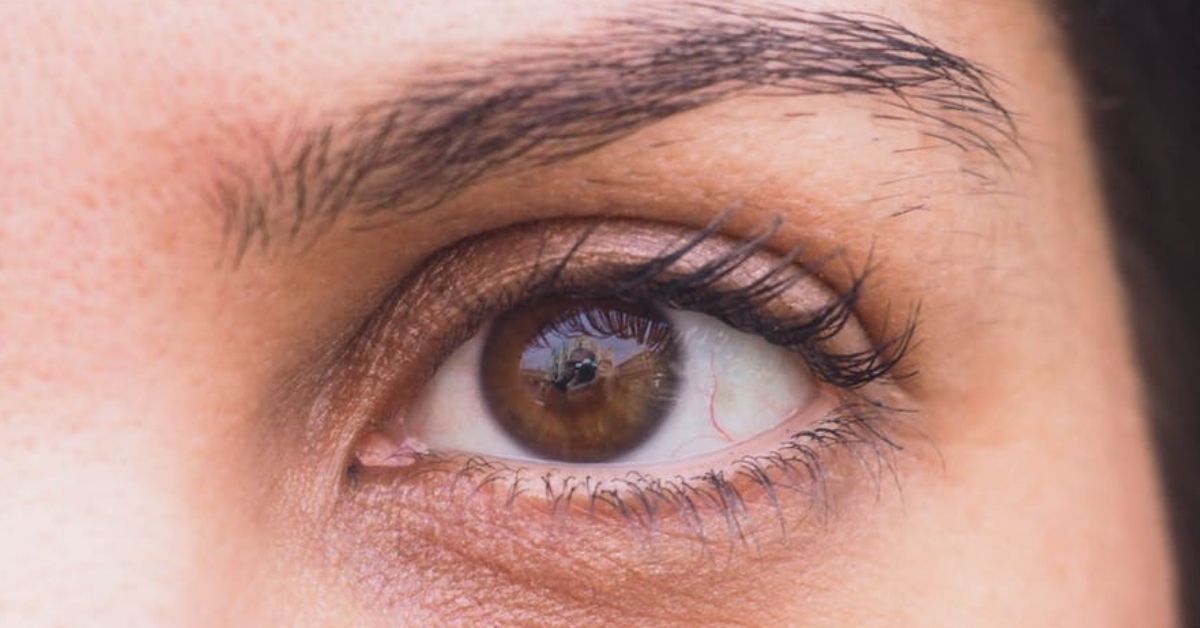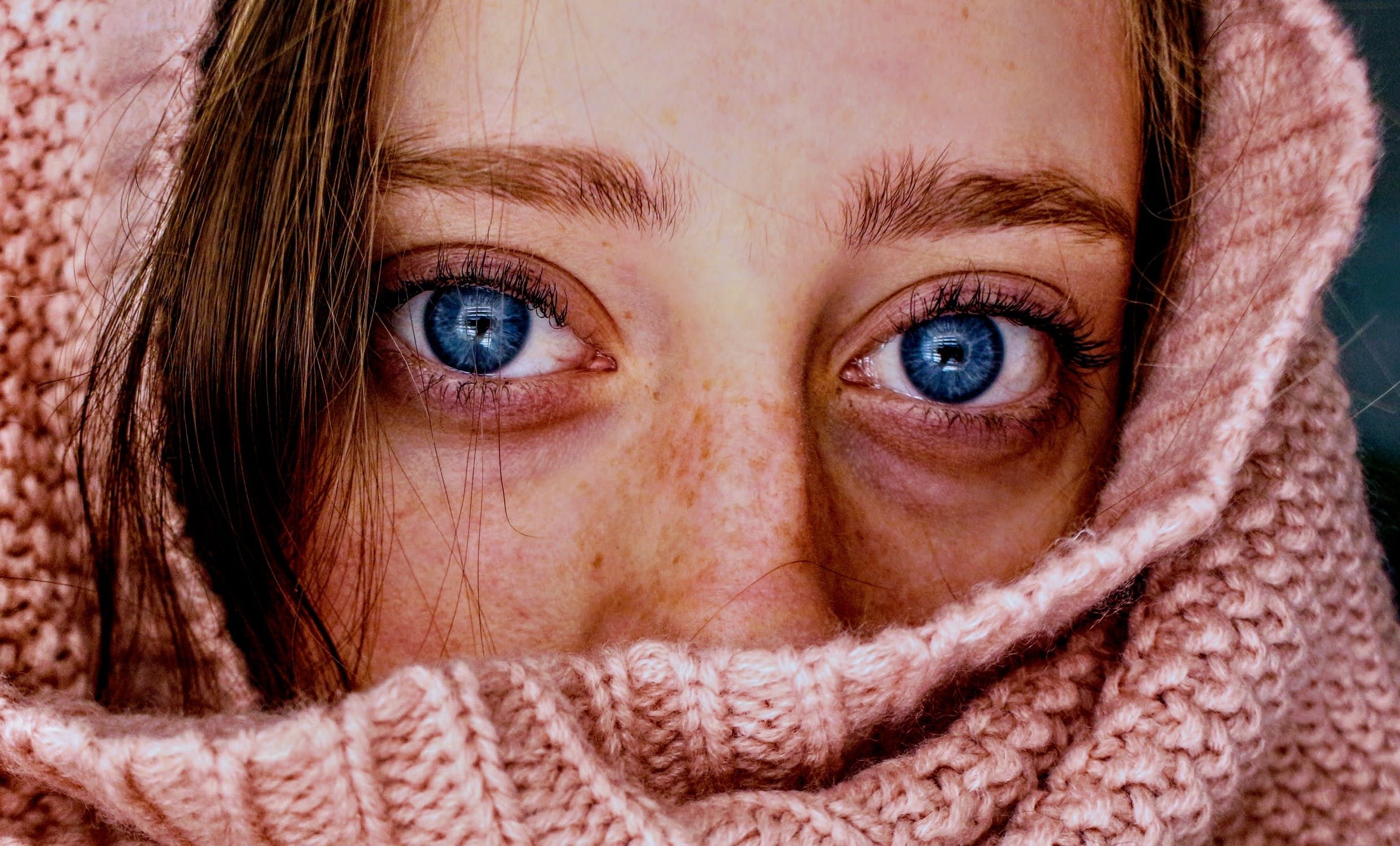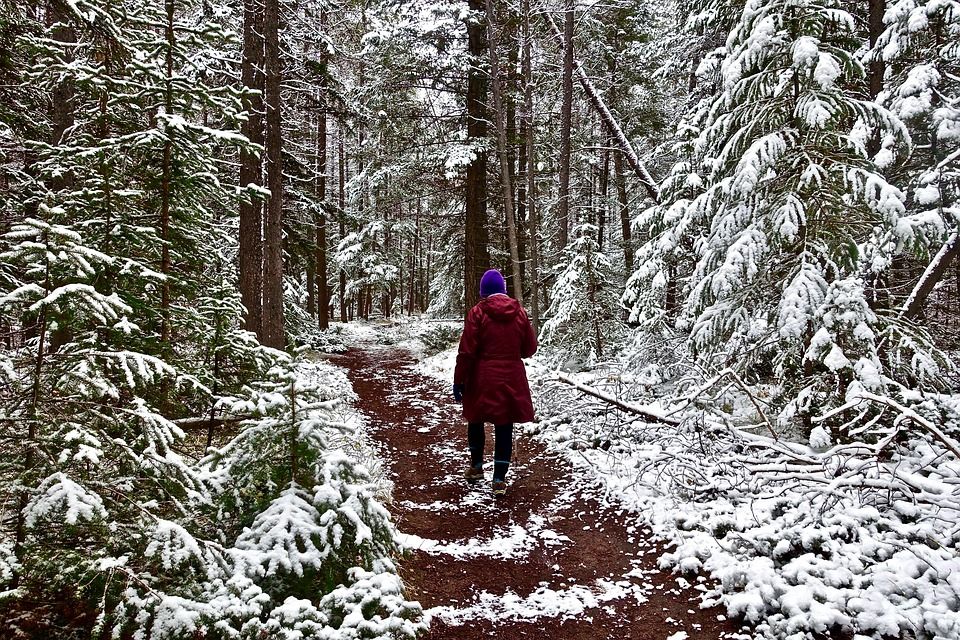Now that the joy of the Christmas and the excitement of entering a new year are behind us, it is easy to start feeling a little bit more blue than usual. As we brace ourselves for the coldest months of the year and those massive post-holiday credit card bills, the feelings of misery start to hit.
For many of us living in certain parts of the country, not only does it get extremely cold, it can seem like the sun never shines - it's dark when you leave in the morning, and it is dark again when you return home.
There are limited activities to take part in, and there's only so much time you can spend bingeing shows on Netflix before serious boredom hits.
For some, this is a fleeting feeling that can easily be fixed with a few changes in their routine, some hot chocolate, and a cozy night by the fire. But for others, this change in mood is a form of depression clinically known as Seasonal Affective Disorder (SAD).
There has been a lot of research into the causes of the disorder, but no one cause has been determined. Experts believe that this form of depression is triggered by the reduction in daylight hours, which in turn affects the amount of vitamin D a person gets.
But more recent studies on SAD have found that there may actually be other factors at play.
According to new findings published in the Open Access Journal of Behavioral Science & Psychology, your eye color may have something to do with your susceptibility to wintertime depression.
The study, which featured 175 students from South Wales and Cyprus, found that those with light or blue eye colors scored lower on the questionnaire designed to screen for symptoms of SAD.
"The reason that eye color may make some people more susceptible to depression or mood changes might be because of the amount of light an individual's eyes can process," wrote Dr. Lance Workman, the study's lead author.
Since eyes with less pigment are more sensitive to light, people with lighter-hued irises tend to release less melatonin during fall and winter, which means they may have "some resilience to seasonal affective disorder."
The release of melatonin makes us feel sleepy and lethargic, those with brown and darker eyes may be at a higher risk of developing SAD because of the amount of light their eyes process.
Workman also explains that blue eyes is more prevalent among those who live farther away from the equator, so it is possible that this mutation "may have occurred as an 'anti-SAD' adaptation."
Still, your eye color alone isn't the only factor that determines whether or not you will be affected by SAD. Spending an excessive amount of time indoors can also lead to the condition.
"Fortunately for those with SAD, simply going outside for a regular walk, especially at times when it's sunny, will help improve their mood," he wrote.
In severe cases, Workman has recommended that both blue and brown-eyed patients sit in a light box for an hour a day and they have reported "noticeable improvement."
He also urges anyone who thinks they have SAD to consult their doctor, especially if the condition becomes hard to manage.
[H/T: Newsweek]
